Keto diet foods
What foods are keto, and which should be avoided? We’ll help you eat keto, and answer all your questions about keto foods here.
The basic keto rule is to stay below 20 grams of net carbs per day. Follow the suggestions on this page to succeed on your own, or use our keto meal plans.
In summary, eat real low-carb foods like meat, fish, eggs, vegetables and natural fats like butter or olive oil. As a basic beginner’s rule, aim for foods with below 5% carbs (numbers below).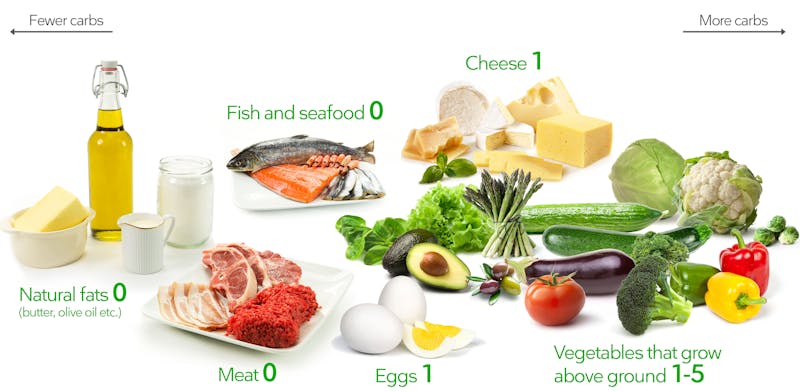
Eat
Here are the foods that you can eat on a ketogenic diet:- Meat – Unprocessed meats are low carb and keto-friendly, and organic and grass-fed meat might be even healthier.But remember that keto is a higher-fat diet, not high in protein, so you don’t need huge amounts of meat. Excess protein (over 2.0 g per kg of reference body weight; see this chart to determine your own protein targets) can be converted to glucose, which could make it harder for some people to get into ketosis, especially when starting out and with high levels of insulin resistance.
Read more about protein and its effect on blood sugar.Note that processed meats, like sausages, cold cuts and meatballs often contain added carbs. Bacon is definitely keto though. When in doubt look at the ingredients, aim for under 5% carbs. Top recipes
- Fish and seafood – These are all good, especially fatty fish like salmon. If you have concerns about mercury or other toxins, consider eating more of the smaller fish like sardines, mackerel and herring. If you can find wild-caught fish, that’s probably the best. Avoid breading, as it contains carbs.Top recipes
- Eggs – Eat them any way you want, e.g. boiled, fried in butter, scrambled or as omelets. Top keto egg recipes
- Natural fat, high-fat sauces – Most of the calories on a keto diet should come from fat. You’ll likely get much of it from natural sources like meat, fish, eggs, and other sources. But also use fat in cooking, like butter or coconut oil, and feel free to add plenty of olive oil to salads and vegetables. You can also eat delicious high-fat sauces, including Bearnaise sauce, garlic butter, and others (recipes).
Full guide to keto fats & sauces
Top 10 ways to eat more fat
Remember, fat helps you feel full and adds flavor to food. Don’t use more than you want or need, but don’t fear fat.On keto, fat is your friend. Why saturated fats are fine to eat - Vegetables growing above ground. Fresh or frozen – either is fine. Choose vegetables growing above ground (here’s why), especially leafy and green items. Favorites include cauliflower, cabbage, avocado, broccoli and zucchini.
Vegetables are a tasty way to eat good fat on keto. Fry them in butter and pour plenty of olive oil on your salad. Some even think of vegetables as a fat-delivery system. They also add more variety, flavor and color to your keto meals.
Many people end up eating more vegetables than before when starting keto, as veggies replace the pasta, rice, potatoes, and other starches. It’s even possible to eat a vegetarian or vegan keto diet. Full guide to keto low-carb vegetables - High-fat dairy – Butter is good, high-fat cheese is fine, and heavy cream is great for cooking.
Avoid drinking milk as the milk sugar quickly adds up (one glass = 15 grams of carbs), but you can use it sparingly in your coffee. What does “sparingly” mean? That depends on how many cups per day you drink! We recommend one cup with just a “splash,” about a tablespoon max. But even better is to do away with the milk completely.Definitely avoid caffè latte (18 grams of carbs). Also avoid low-fat yogurts, especially as they often contain lots of added sugars.Finally, be aware that regularly snacking on cheese when you’re not hungry is a common mistake that can slow weight loss.
- Nuts – Can be had in moderation, but be careful when using nuts as snacks, as it’s very easy to eat far more than you need to feel satisfied. Also be aware that cashews are relatively high carb, choose macadamia or pecan nuts instead or check out our full keto nuts guide
- Berries – A moderate amount is OK on keto, perhaps with real whipping cream, a popular keto dessert. Full fruits and berries guide
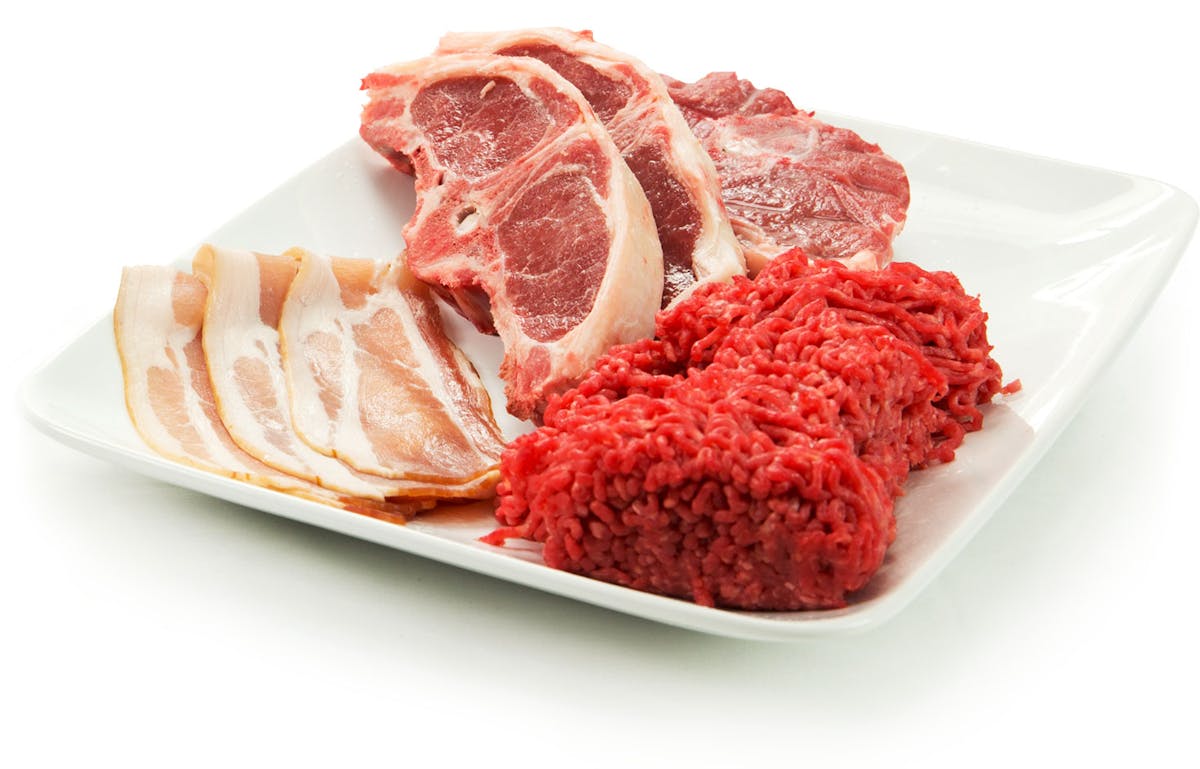
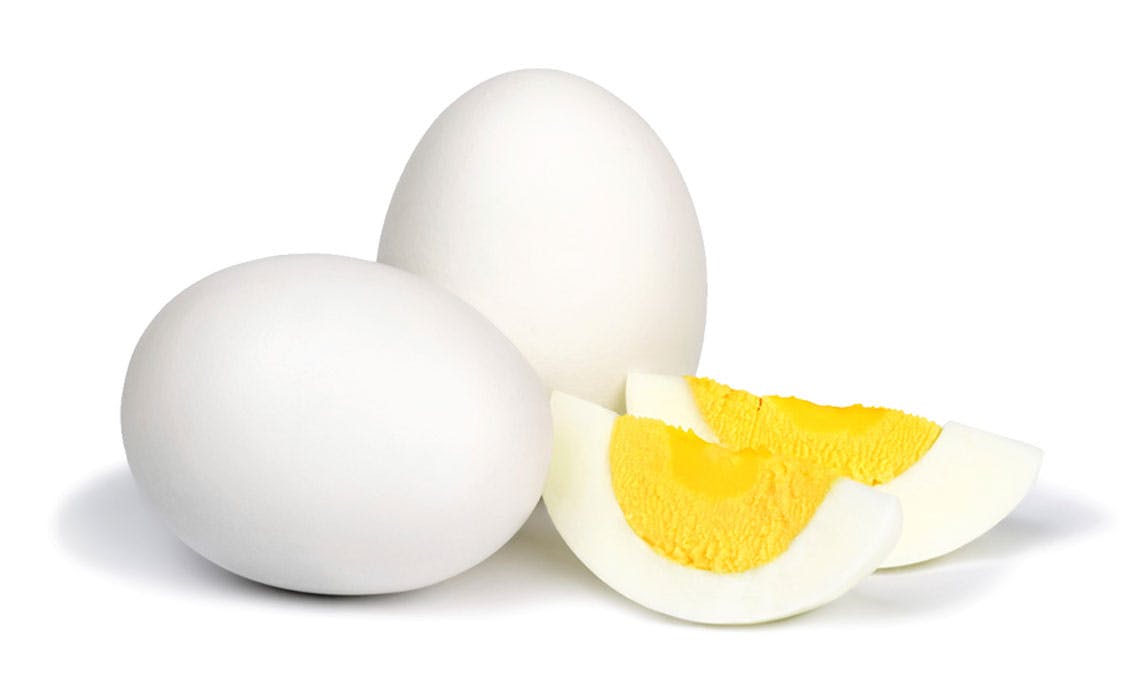
Buying organic or pastured eggs might be the healthiest option, although we do not have scientific studies to prove better health.
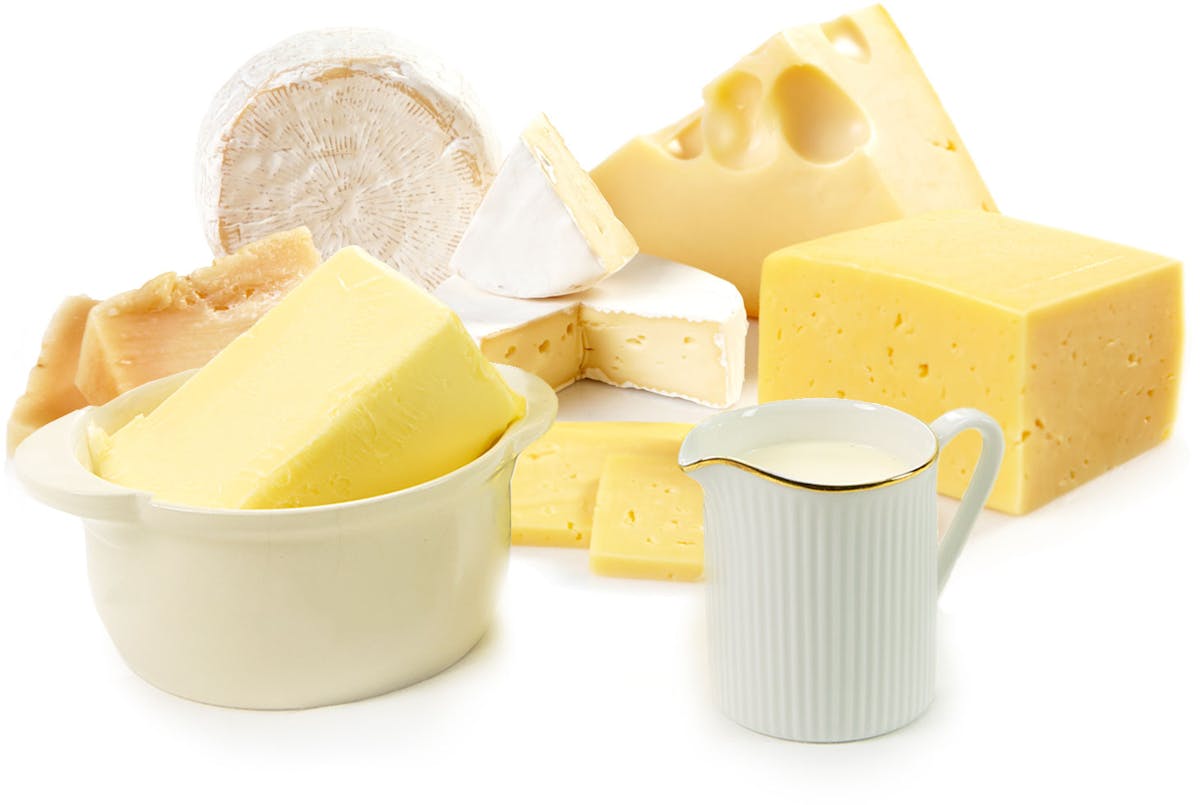
How much is too much? That depends on your weight loss progress and the rest of your carb intake. As a general rule, try to limit nut intake to less than 1/2 cup per day (around 50 grams). Be careful with peanut butter, a modest serving of 2 tablespoons will add about 4 grams of net carbs.
Start your FREE 30-day trial!
Get instant access to healthy low-carb and keto meal plans, fast and easy recipes, weight loss advice from medical experts, and so much more. A healthier life starts now with your free trial!
Start FREE trial!
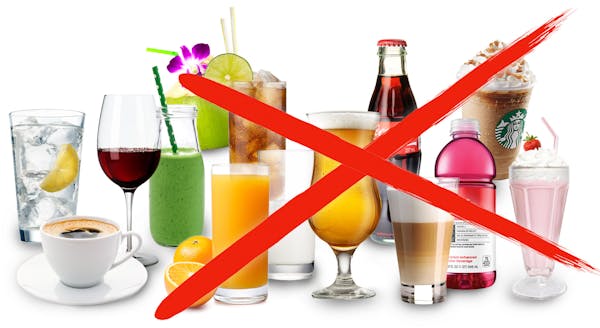 Drink
Drink
Here is a list of what you can drink on a ketogenic diet:
- Water – The #1 option. Have it flat, with ice, or sparkling. Sip it hot like a tea, or add natural flavouring like sliced cucumbers, lemons, or limes. If you experience headaches or symptoms of “keto flu“, add a few shakes of salt to your water.
- Coffee – No sugar. A small amount of milk or cream is fine. For extra energy from fat, stir in butter and coconut oil for “Bulletproof coffee.” Note, if weight loss stalls, cut back on the cream or fat in your coffee.
- Tea – Whether black, green, Orange Pekoe, mint, or herbal — feel free to drink most teas. Don’t add sugar.
- Bone broth – Hydrating, satisfying, full of nutrients and electrolytes — and simple to make! — homemade bone broth can be a great beverage to sip on the keto diet. Stir in a pat of butter for some extra energy.
For more suggestions see our full keto drinks guide
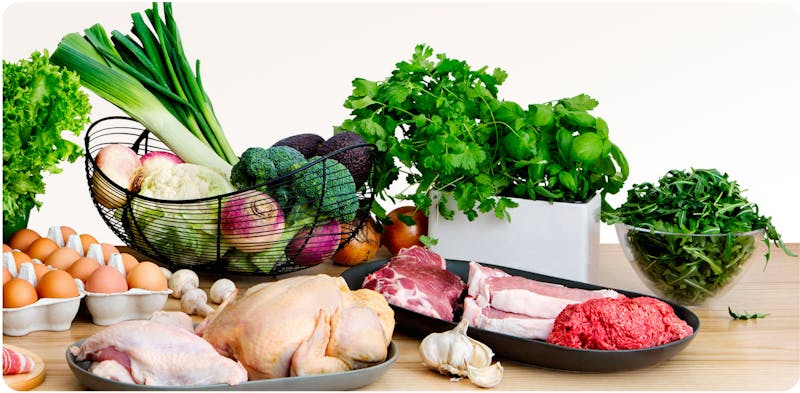

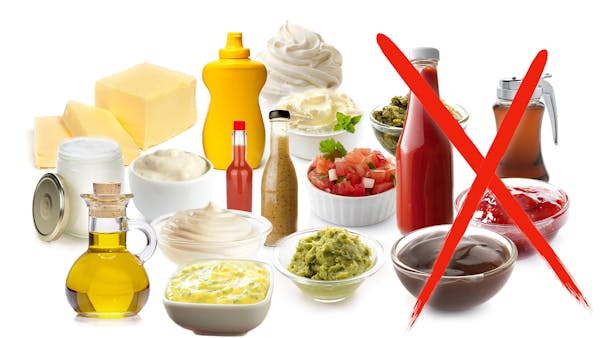

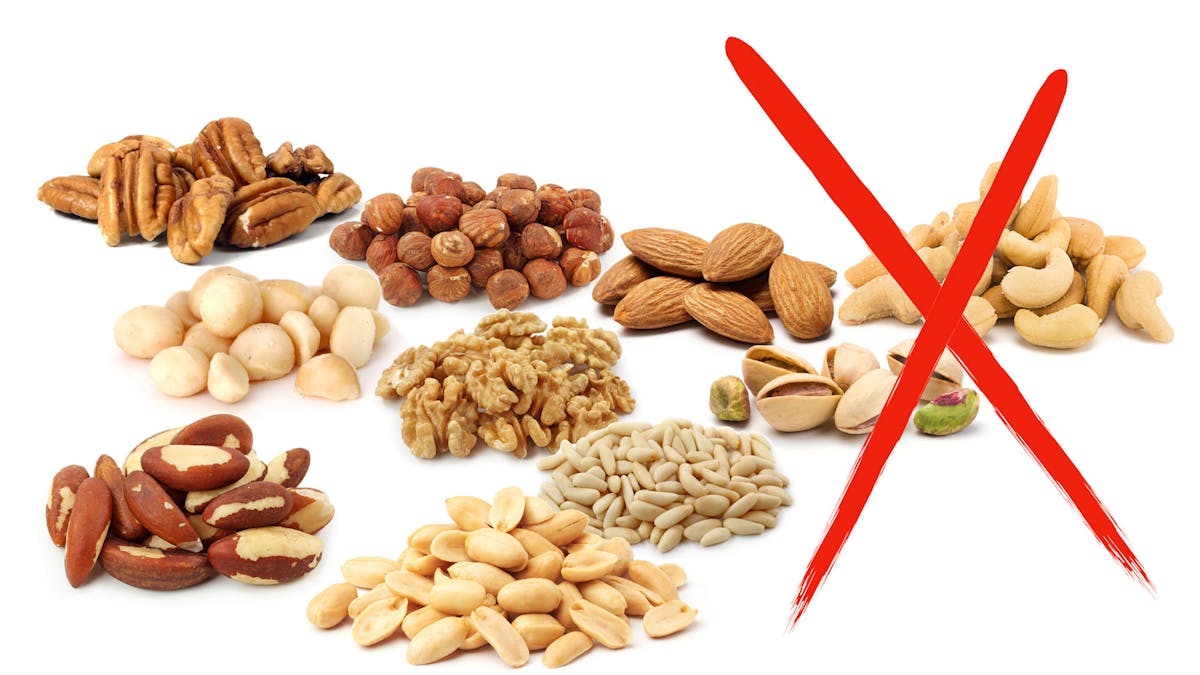
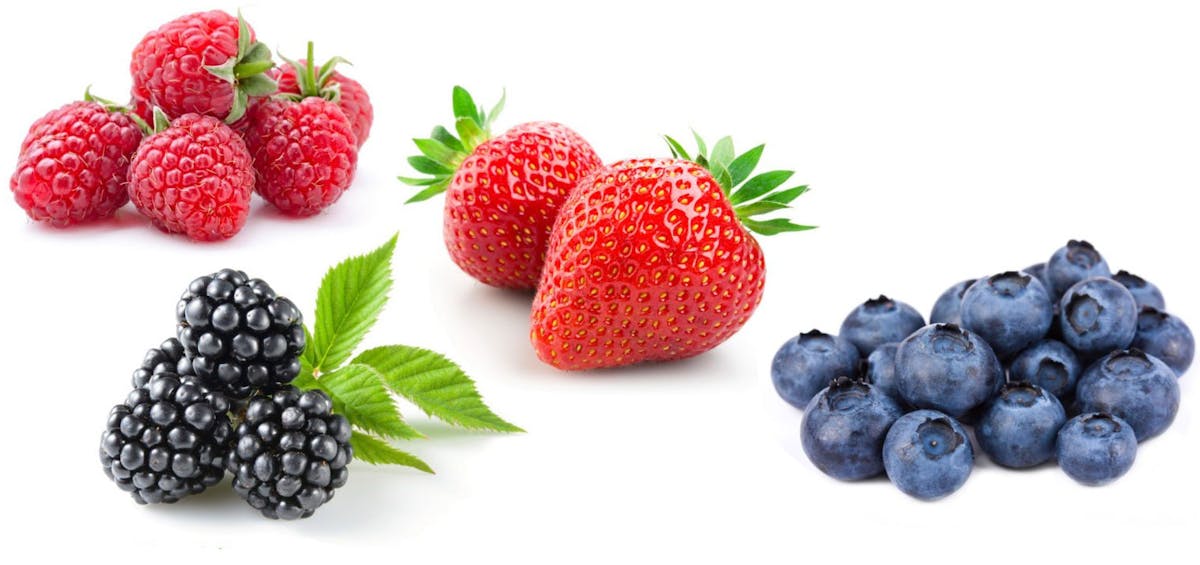
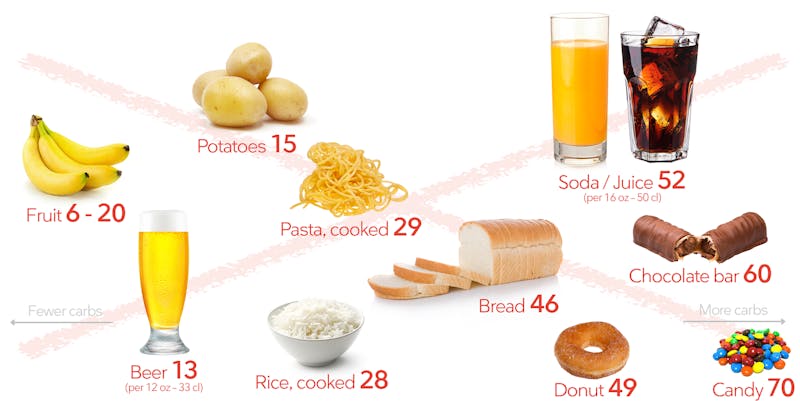
No comments: